
Studying character design is certainly a multifaceted subject. There are lots of ways to approach designing original characters, and learning design principles from all angles will round out your skills and strengthen your portfolio.
My experience creating characters for TV and film has taught me the importance of balancing technical skill with creativity and imagination. Generating creative ideas and being an effective visual communicator are key to finding work in animation.
Creating expressive characters full of appeal takes practice and instincts that can be attained through focused study. Part of being an artist is understanding that your evolution is a lifelong pursuit and progress is made by taking consistent small steps. Follow along as I offer ways to show personality in your work and draw from life experiences to find your voice as a character designer.
1 BODY LANGUAGE
The body language of a character communicates their emotional state and is an essential part of creating characters packed with life. Their expression runs through the entire design and doesn't solely depend on the face. Body language can be loud and bold or soft and subtle, and the hands can be just as expressive as the eyes and face. Even the colour is a form of expression. In this case, the hummingbird's feet are acting more like hands, which brings it more personality and dexterity. The pink and gold tones of the feathers provide a softness that balances the bold, sharp beak shape.
2 KEEP IT SIMPLE
A wide range of emotions can be drawn with just a few simple lines. A great exercise is to practise drawing clear, easy-to-read facial expressions.
This story is from the {{IssueName}} edition of {{MagazineName}}.
Start your 7-day Magzter GOLD free trial to access thousands of curated premium stories, and 9,000+ magazines and newspapers.
Already a subscriber ? Sign In
This story is from the {{IssueName}} edition of {{MagazineName}}.
Start your 7-day Magzter GOLD free trial to access thousands of curated premium stories, and 9,000+ magazines and newspapers.
Already a subscriber? Sign In
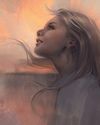
LEARN TOOLS FOR PAINTERLY STYLE
Discover how Mandy Jurgens uses the Pattern Stamp and Mixer Brush to create a traditional feel in her digital work
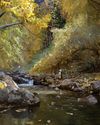
Photoshop DRAW REALISTIC ENVIRONMENTS WITH SPEED!
Liang Mark shares advice for producing gorgeous nature when developing settings
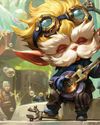
CAPTURE MOOD FROM REFERENCE
Fortune K on how she tweaked an Arcane scene for League of Legends splash art
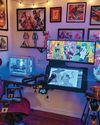
Fernando Caire
Light show We find robots, monsters and plenty of RGB around the artist's battle station
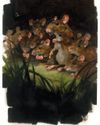
First Impressions
How martial arts training crafted an artistic talent

DESIGN A LOVABLE COVER CHARACTER
Brian Weisz reveals his process for creating our sparkling cover star and shares valuable insights into working with your clients

Apple MacBook Pro 16
CHAMPION CHIP The M4 powerhouse inside Apple’s latest laptop release makes it capable of taking on some staggeringly serious workloads for 3D-focused artists
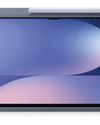
Samsung Galaxy Tab S10 Ultra
PROFESSIONAL POWER The flagship tablet is a superb choice for creative pros worth the price if you need it, but overkill if you don’t
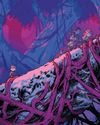
Progress in the fight against unethical AI
Battling for better Two years after generative AI forced its way into the mainstream, Tanya Combrinck looks at the advances activists have made protecting their rights
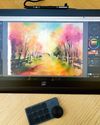
XPPen Artist Pro 19 (Gen 2)
Whether you’re a pro artist or a passionate hobbyist, this pen display offers something for everyone with beautiful colour and accurate drawing